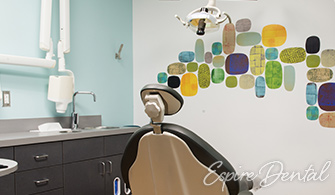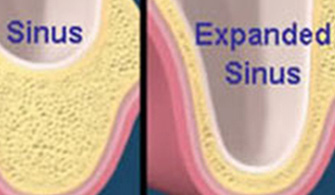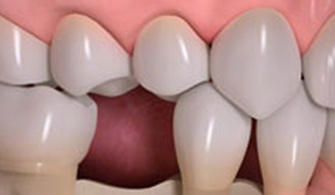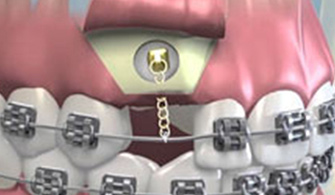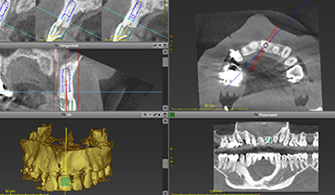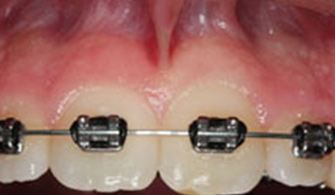Dr. Brett and the entire staff truly create the most pleasant experience you will ever have going to the Dentist. They are kind, personal and extremely caring. If you have any fears about going to the Dentist, they will put you at ease. Dr. Brett is so gentle, patient and funny. He, and everyone there will make you feel like you’re family. Going to Espire Dental, formerly Levin Family Dental is like going to a spa for your teeth!
Megan, ESPIRE Patient
My husband is a dental specialist, so I get my teeth cleaned at his office. When they found a couple cavities at my last visit, he referred me to Dr. Jennifer Derse to get them filled. Not only are Dr. Derse and Dr. Levin top-notch dentists, but they are also the highest quality people! They are kind, compassionate, and truly care for their patients. Dr. Derse was friendly and professional.
Nicki, ESPIRE Patient
It’s astounding how technology is changing the ‘face’ of dentistry. I’ve found previous crowns to be uncomfortable, messy and time consuming. You can imagine the surprise stepping into this modern, welcoming and friendly dental practice to be told that my broken tooth required a crown and would be undertaken and completed in my single visit. Outstanding! … short, enjoyable and fun appointment.
Peter, ESPIRE Patient
It’s been decades since I’ve been in an establishment that was so professional, courteous, warm, and efficient. I have referred at least 5 family and coworkers, my daughter will be there in February. Excellent, excellent, excellent!!!
Graciela, ESPIRE Patient
These guys have the most advanced dentistry gadgets to make the whole nightmare of going to the dentist less anxiety inducing. I went in for a crown, they 3d printed the exact replica of my original tooth in 12min.20sec. No waiting days with a filed down tooth and No multiple visits to get it done. One stop and in less than 1hr.30mins I walked out with a crowned tooth that fits perfectly in my mouth. EVERY TIME!! The entire staff is constantly communicating with you about your appointment and all the things to expect. This place is really good at what they do.
Jason, ESPIRE Patient




